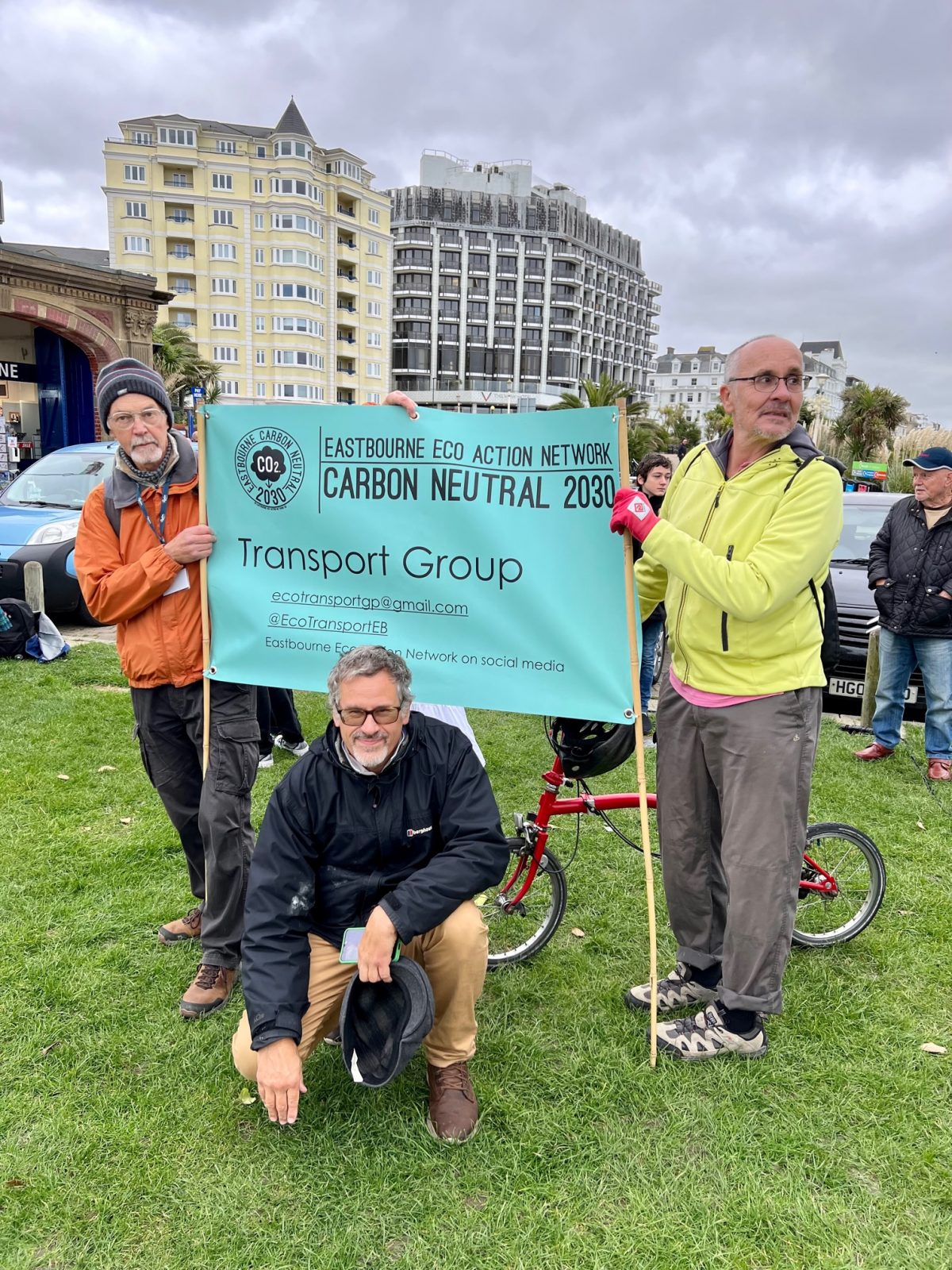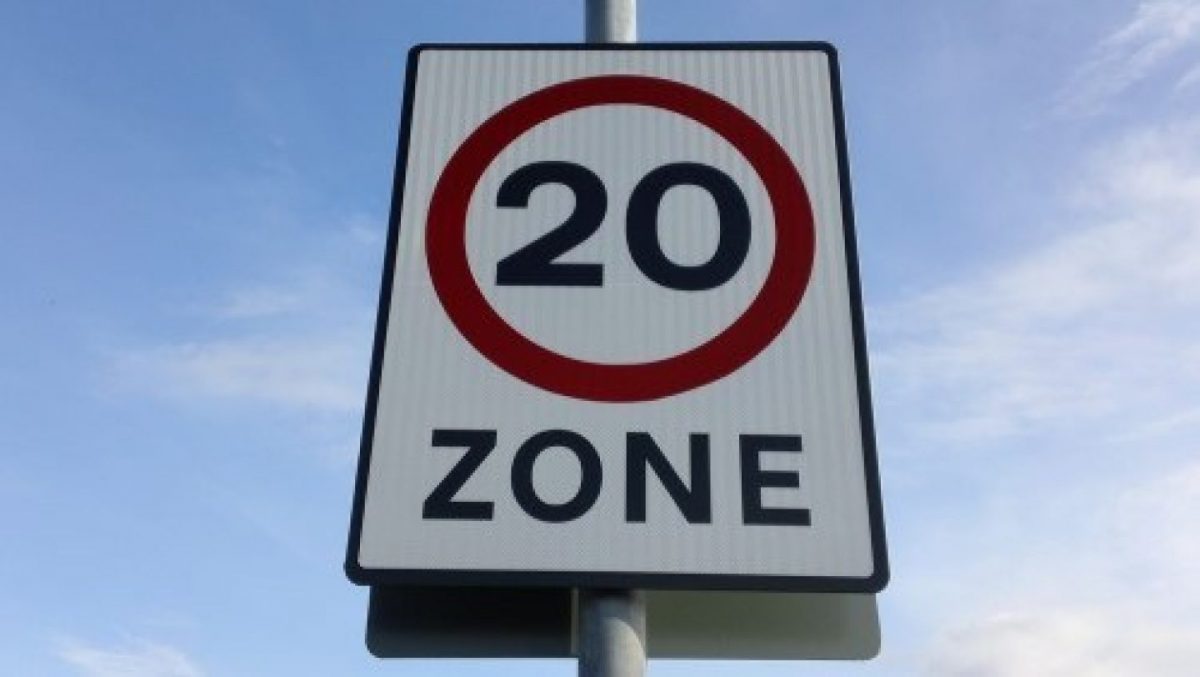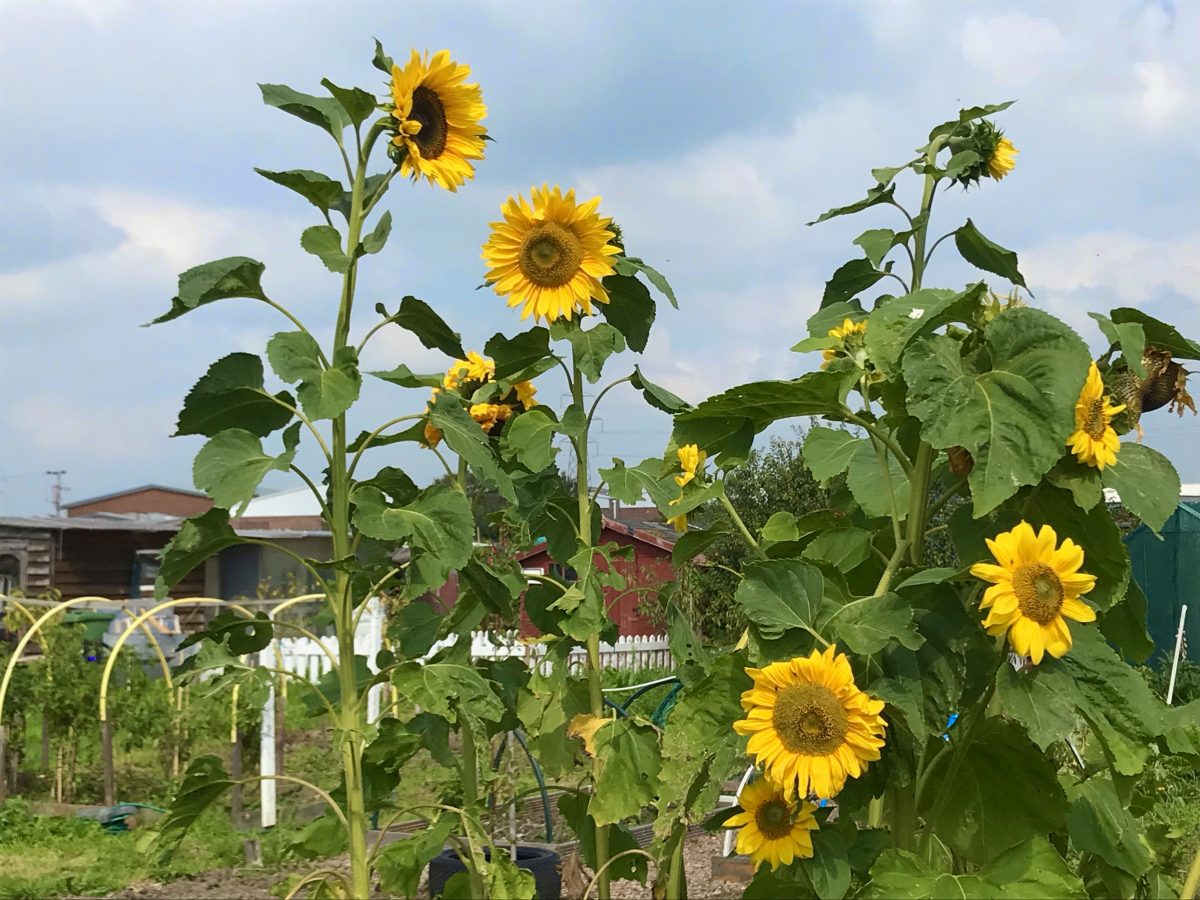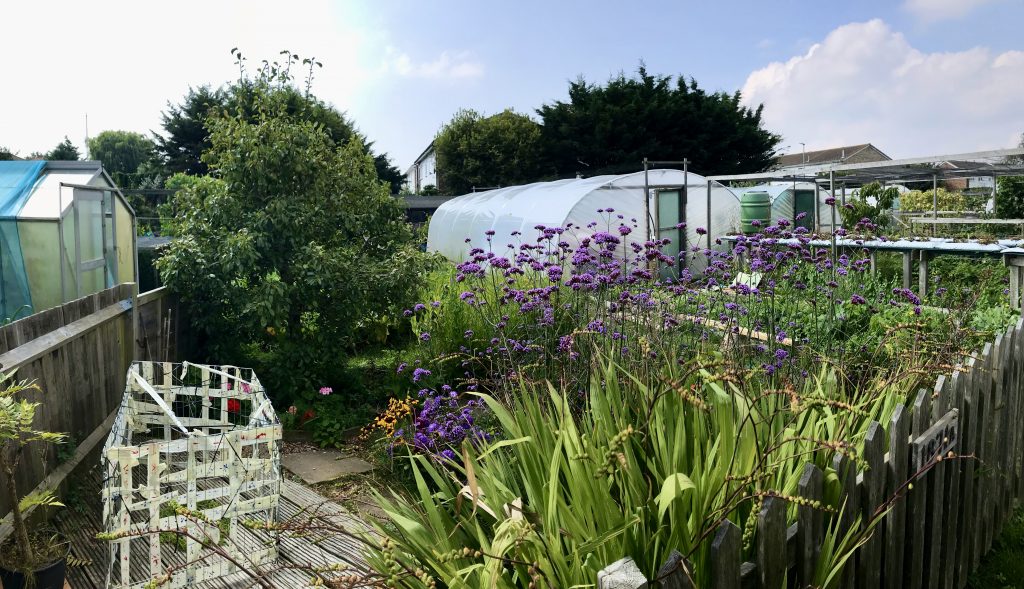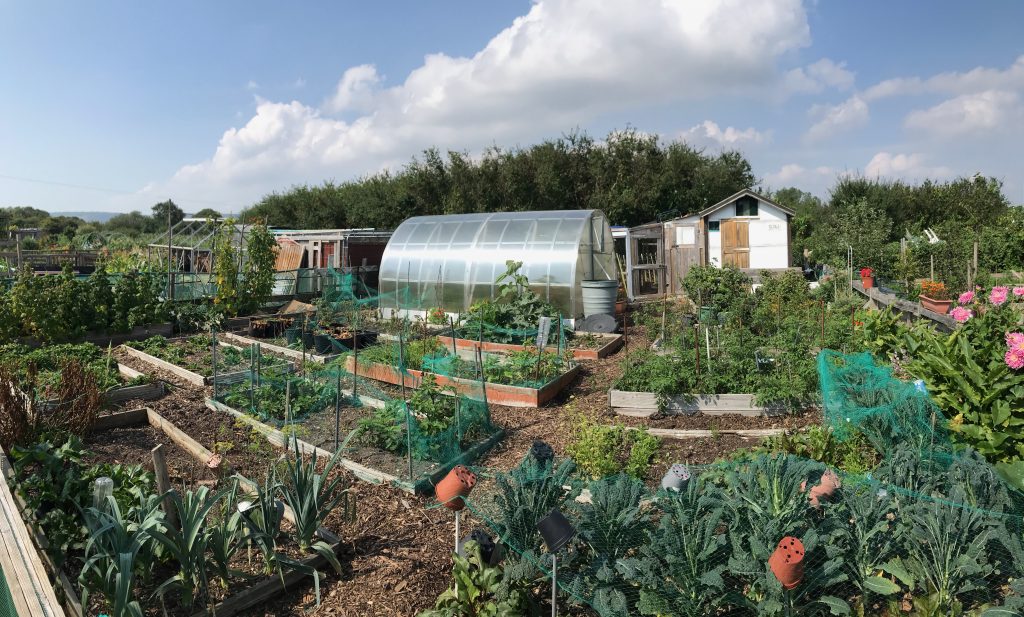As 2021 draws to a close, now is a good time to review the progress of the Eastbourne Eco Action Network, which has been very active throughout the year despite all the disruptions caused by the pandemic. Here’s a selection of the highlights as I, Andrew Durling, see them from my perspective as CEO of the Eastbourne Eco Action CIC.
Housing, Energy & Environment
The 2021 Eastbourne Eco Homes webinar was designed and hosted by the Housing and Energy Working Group. Their extensive research helped local residents make their homes much more energy-efficient.
The Housing & Energy, Research and Transport Groups drafted three Technical Advice Notices (TANs), which were adopted by Eastbourne Borough Council. These rules form a crucial part of the planning guidance for ensuring that developments within Eastbourne are as environmentally sound as possible within current planning law. The TANs cover EV infrastructure, Sustainability in Development, and Biodiversity Net Gain. The Housing & Energy Group have scrutinised the EBC development proposals for the Old Magistrate Court site in Old Orchard Road, and are lobbying for these TANs to be fully incorporated into design schemes. Additionally, the group is actively working with Eastbourne Borough Council and the ECO Action Transport Group to create Low Traffic Neighbourhoods within the town.
The Research Group’s upstream liaison with Eastbourne Borough Council over the Environment Agency’s Pevensey Bay to Eastbourne Coastal Defences Scheme has been a success. Members of the group also collaborate with Ralph Lucas, an Eastbourne resident who is a member of the House of Lords, over biodiversity net gain standards in the Environment Bill and the ecological impacts of Queen’s Green Canopy Project.
We liaised with councillors and council officers about the development of the Pevensey Bay to Eastbourne Coastal Management Scheme. The Environment Agency has designed the scheme to strengthen the local sea defences so they can cope with the predicted rise in sea levels that climate change will induce by 2100. Without improved sea defences, Eastbourne will become increasingly vulnerable to severe flooding from storm surges.
Sustainability in 2021
The Eastbourne Food Partnership (EFP), some members of which emerged from the EEAN’s Food Working Group and Climate Adaptation Group, became a Community Interest Company in 2021. The change enabled the group to successfully gain its first grant funding to facilitate the development of a sustainable, climate-resilient local food network that can ensure a supply of fresh, healthy, locally produced food distributed equitably to all local residents.
Furthermore, the EFP is now a member of the national Sustainable Food Places network, and works in close collaboration with 3VA and East Sussex County Council. It has recently been liaising with councillors and council officers about how the Eastbourne Food Partnership, and the EEAN in general, could have some sort of presence within the Food Street project developing in Victoria Place.
Moreover, EEAN wrote vital proposals for ensuring that the Eastbourne Levelling Up Fund (LUF) remains within the purview of the Eastbourne Carbon Neutral 2030 strategy. The Transport Group and CIC submitted a proposal for the delivery of bus priority lanes, to unlock investment in zero carbon buses to reduce pollution supporting modal shift from cars to buses. Given that the LUF aims to increase the number of visitors to Eastbourne by 500,000 per year, a Transport Plan has to be at the heart of the LUF to prevent transport emissions within the town from increasing, and the Transport Working Group has been instrumental in designing that plan throughout 2021.
We have supported the continuing success of Treebourne (which evolved from the Carbon Capture Working Group) and EcoEd2030 (which evolved from the Education Working Group) through administrative support such as draft policy templates, advice on CIC forms, banking services for Treebourne; and an offer of financial grant to help with set up costs. Two CIC directors along with colleagues planted and cared for hundreds of baby trees in the Churchdale Allotment, some 400 of which have been transferred for planting at Tugwell Park.
Social Media & Public Profile in 2021
We have extended our active social media presence with the help of the one paid employee in the EEAN CIC gained under the government’s Kickstart programme. We created a fresh newsletter format using that presence to complete, and publicise, for the first time ever, a detailed survey – prepared by the Kickstart employee with aid from the Transport Working Group – of local people’s opinions about the local bus service, and how it could be improved. This has given a voice to bus users within our community, and we continue to lobby on their behalf.
Some of the results have been used by East Sussex County Council in compiling its own analysis of local bus services and how to improve them. This has helped increase our newsletter subscriptions by 47%. This bus survey reached over 12,000 local citizens. Our recent social media posts of Andy Durling’s speech at the COP26 rally in September reached over 6,800 people via organic growth across our social media channels.
On wider communication, the CIC and other network groups contribute to the Eastbourne Borough Council ECN2030 Newsletter sent to over 10,000 residents; and the CIC and Groups have had articles published in the Eastbourne Herald, stimulating further engagement from the community.
As members of the Eastbourne Cultural Strategy Group and following on from our collaboration with them to facilitate the “Full Frontal” artworks on the empty Debenhams store, we have introduced this group to the possibility of using cultural engagement on the theme of climate change awareness and responses modelled on the excellent work of Creative Carbon Scotland.
We were delighted to work with a local artist and Eastbourne BID in the creation of the ‘You are part of history mural’ located at the junction of York and Grove Road in Eastbourne.
We participated in the march and rally organised by the Eastbourne Climate Coalition on 6 November to coincide with the start of the UN COP26 Climate Summit in Glasgow. I delivered a speech to the rally on behalf of the EEAN, which was later published as a blog on the website. This address had an organic reach in social media of over 6,800, thanks to our Kickstart employee. The EEAN CIC is now collaborating with the Eastbourne Climate Coalition to set up a Climate Hub in Eastbourne.
Thank you!
On behalf of all my colleagues in the EEAN CIC, I would like to express my heartfelt thanks and deep gratitude to all the CIC directors, groups and partner organisations within the EEAN for their hard work in the face of the incredible difficulties we’ve all had to deal with in this pandemic year. You are heroes all! I hope you have a very restful and peaceful Christmas and New Year and come back refreshed in 2022 to continue the great work of helping to deal with the greatest challenge of our time: the Climate Emergency.
On a more personal note, I would like to express my heartfelt gratitude and thanks to Miles Berkley, my predecessor as CEO of the EEAN CIC, for his immense contributions to the EEAN and to ecological action generally during his two years in office. His dedication to developing effective collaboration between all partners within the Eastbourne Carbon Neutral 2030 campaign was exceptional and will have a lasting and deep impact.
Happy holidays!
Andrew Durling
Executive Director

